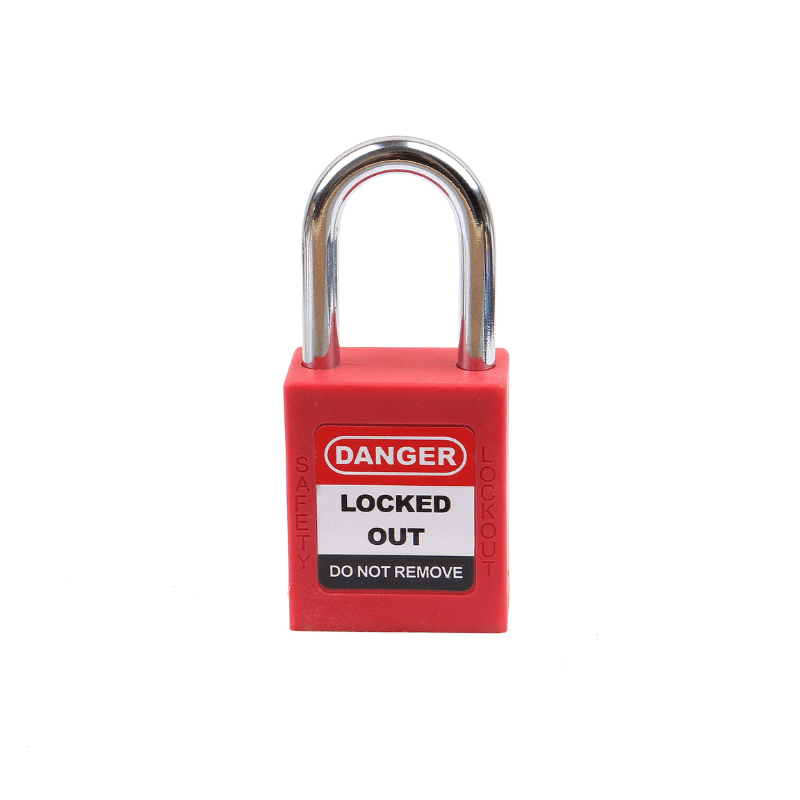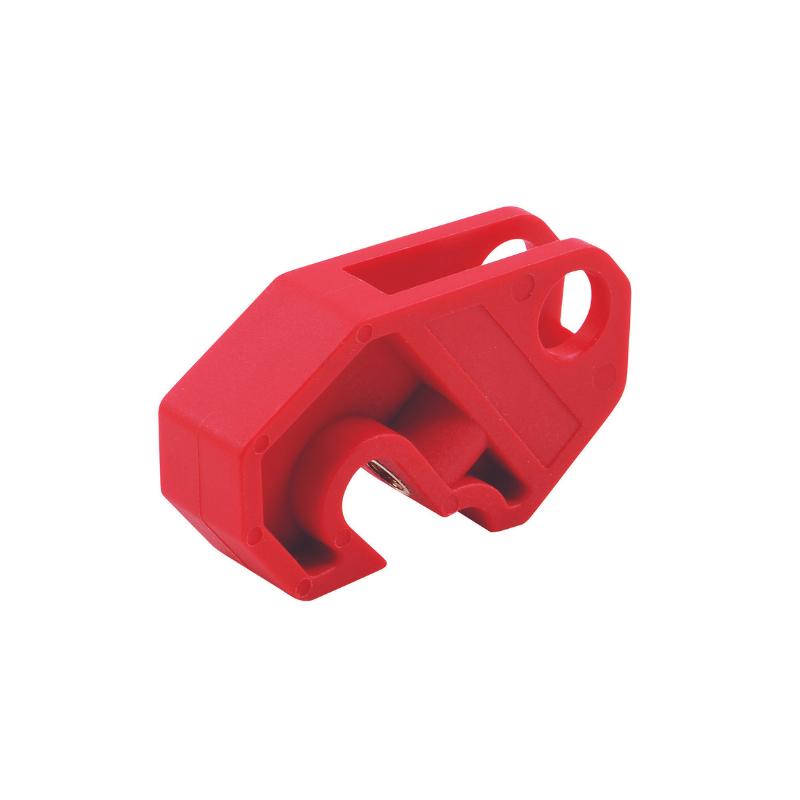Lockout/Tagout (LOTO) procedures are essential for worker safety in any industrial setting where hazardous energy sources exist. When done correctly, LOTO prevents the unexpected release of energy during maintenance, servicing, or repair work, protecting workers from serious injury or even death. However, small mistakes can have catastrophic consequences.
This guide covers the fundamentals of LOTO, highlights common mistakes, and provides practical solutions to avoid them.
Table of Contents
The Fundamentals of Lockout/Tagout (LOTO)
LOTO is a safety procedure used to ensure that dangerous machines are properly shut off and not started up again prior to the completion of maintenance or servicing work. It requires that hazardous energy sources be isolated and rendered inoperative.
What is Hazardous Energy?
Hazardous energy includes:
- Electrical: Live wires, circuits, transformers.
- Mechanical: Moving parts in machinery (gears, belts, pulleys).
- Hydraulic: Pressurized fluids (oil, water).
- Pneumatic: Compressed air or gases.
- Chemical: Reactive chemicals that could be released.
- Thermal: High or low temperatures (steam, cryogenic liquids).
- Gravity: Potential energy from elevated objects.
- Stored Energy: Energy that remains even after the primary source is shut off (e.g., a spring under tension, a charged capacitor).
The Core Principles of a LOTO Program
- Energy Control Procedures (ECPs): Machine-specific procedures outlining shutdown and isolation.
- Training and Authorization: Employees must be properly trained.
- Locks and Tags: Physical devices to isolate energy sources.
- Verification: A crucial step to ensure isolation is complete.
- Periodic Inspections: Regular audits of LOTO procedures.
- Group Lockout Procedures: Special steps when multiple workers are involved.
Common LOTO Mistakes and How to Avoid Them
1. Improper Energy Isolation
The Mistake: Failing to identify all energy sources associated with a machine. This is the most dangerous mistake. It's not enough to just flip the main power switch. There might be backup generators, stored energy in capacitors, hydraulic accumulators, or pneumatic lines that remain energized.
The Solution:
-
- Thorough ECPs: Develop detailed, machine-specific Energy Control Procedures. These procedures should list every energy source and the precise steps to isolate each one. Diagrams and photos are extremely helpful.
- Pre-Job Planning: Before starting work, walk through the entire process with the ECP. Identify all energy sources visually. Don't rely on memory or assumptions.
- "Try" Step: After applying locks and tags, always attempt to start the machine (the "try" step). This crucial verification step confirms that all energy sources have been effectively isolated. If the machine attempts to start, something has been missed.
- Stored Energy Release: Ensure that all stored energy is safely released or restrained. This might involve bleeding pressure from lines, discharging capacitors, blocking moving parts, or lowering elevated loads.
- Consider Secondary Sources: Be aware of energy sources that might not be immediately obvious, such as gravity, spring tension, or thermal energy.
2. Inadequate Training and Authorization
The Mistake: Allowing untrained or unauthorized personnel to perform LOTO, or providing insufficient training to authorized employees. This can lead to incorrect procedures, missed steps, and dangerous assumptions.
The Solution:
-
-
Comprehensive Training Program: Implement a robust training program that covers:
- The purpose and principles of LOTO.
- Recognition of hazardous energy sources.
- Machine-specific ECPs.
- Proper use of locks and tags.
- Verification procedures.
- Group LOTO procedures.
- The importance of never removing someone else's lock or tag.
- Authorized vs. Affected Employees: Clearly define the roles and responsibilities of authorized employees (those who perform LOTO) and affected employees (those who work in the area).
- Refresher Training: Conduct regular refresher training to reinforce knowledge and address any changes in procedures or equipment.
- Practical Exercises: Include hands-on practical exercises in the training program to allow employees to practice LOTO procedures under supervision.
- Documentation: Maintain records of all training, including dates, attendees, topics covered, and trainer qualifications.
-
Comprehensive Training Program: Implement a robust training program that covers:
3. Lack of Communication and Coordination
The Mistake: Failing to communicate effectively between workers, shifts, and departments about LOTO status. This can lead to someone removing a lock or tag prematurely, or attempting to start equipment that is still being serviced.
The Solution:
-
-
Clear Communication Protocols: Establish clear procedures for communicating LOTO status, including:
- Shift Change Procedures: A formal handover process where outgoing and incoming workers discuss the status of any ongoing LOTO procedures. This should involve a visual inspection of the locks and tags.
- Tagging System: Use tags that clearly identify the person who applied the lock, the date, and the reason for the lockout.
- Communication Boards: Use a central communication board or logbook to track all ongoing LOTO activities.
- Group Lockout Procedures: Implement specific procedures for situations where multiple workers are involved, ensuring that everyone understands the status of the equipment.
- Verbal Communication: Encourage open and direct communication between workers. If in doubt, ask.
-
Never Remove Another Person's Lock: Emphasize the absolute rule that no one should ever remove another person's lock or tag without explicit authorization and following a specific procedure.
-
Clear Communication Protocols: Establish clear procedures for communicating LOTO status, including:
4. Using the Wrong Equipment or Damaged Devices
The Mistake: Using locks and tags that are not appropriate for the energy source or environment, or using devices that are damaged or worn.
The Solution:
-
-
Proper Lock and Tag Selection: Use locks and tags that are:
- Durable and able to withstand the environment (temperature, chemicals, etc.).
- Standardized and easily identifiable.
- Only used for LOTO purposes (not for securing personal belongings, etc.).
- Appropriate for the type of energy source (e.g., electrical circuit breaker lockouts, valve lockouts, etc.).
- Regular Inspection: Inspect locks and tags regularly for damage, wear, and tear. Replace any damaged devices immediately.
- Sufficient Supply: Ensure that a sufficient supply of locks and tags is readily available.
-
Proper Lock and Tag Selection: Use locks and tags that are:
5. Complacency and Rushing the Process
The Mistake: Becoming complacent over time and taking shortcuts in the LOTO process, or rushing to complete the work without following all the steps.
The Solution:
-
- Reinforce the Importance of LOTO: Regularly remind employees of the critical importance of LOTO and the potential consequences of failing to follow procedures.
- Promote a Safety Culture: Foster a workplace culture where safety is prioritized above all else, and where employees feel comfortable reporting concerns or near misses.
- Lead by Example: Supervisors and managers must consistently follow LOTO procedures and set a positive example for their teams.
- Eliminate Time Pressure: Avoid creating undue time pressure that might tempt workers to take shortcuts.
- Regular Audits: Conduct regular audits of LOTO procedures to identify and correct any deviations from the established protocols.
6. Failure to Adapt to Changes
The Mistake: Failing to update LOTO procedures when equipment is modified, new equipment is installed, or processes change.
The Solution:
-
- Management of Change (MOC) Process: Implement a formal Management of Change (MOC) process to ensure that any changes to equipment, processes, or procedures are reviewed and that LOTO procedures are updated accordingly.
- Regular Review of ECPs: Review and update Energy Control Procedures (ECPs) on a regular basis, even if no changes have occurred, to ensure they remain accurate and effective.
- Employee Involvement: Involve employees in the review and update of LOTO procedures, as they often have valuable insights into the practical aspects of the work.
7. Improper Group Lockout Procedures
The Mistake: When multiple individuals are working on the same piece of equipment, there's a higher chance of miscommunication and accidental re-energization if proper group lockout procedures aren't followed.
The Solution:
- Designated Primary Authorized Employee: One person is designated as the primary authorized employee, responsible for overall coordination.
- Group Lockbox: All individual locks are placed on a group lockbox. The key to the group lockbox is then locked out by the primary authorized employee.
- Individual Verification: Each worker must still verify the isolation before applying their personal lock to the group lockbox. * Clear Removal Procedures: Establish a clear procedure for removing locks from the group lockbox, ensuring that all workers are accounted for and have completed their tasks.
8. Ignoring "Affected Employees"
The Mistake: Focusing solely on the training of "authorized employees" (those performing LOTO) and neglecting the training of "affected employees" (those who work near the equipment).
The Solution:
- Basic Awareness Training: Affected employees need training on the purpose of LOTO, the meaning of locks and tags, and the importance of never interfering with a locked-out machine.
- Clear Communication: Ensure affected employees are informed when LOTO procedures are in effect and when it's safe to resume normal operations.
Conclusion
Lockout/Tagout is not just a set of rules; it's a lifeline for workers who interact with hazardous energy. By understanding the fundamentals, avoiding common mistakes, and consistently implementing best practices, we can create a safer work environment for everyone. Complacency is the enemy of safety. Continuous improvement, rigorous training, and open communication are the keys to effective LOTO. Remember, taking the time to do LOTO correctly can prevent life-altering injuries and fatalities. It's an investment in the well-being of your workforce that always pays off.
Need Expert Advice on Lockout Tagout?
Lockout Tagout (LOTO) is crucial for workplace safety, but it can be complex to implement correctly. Whether you need guidance on the best practices, training requirements, or selecting the right lockout devices, The Lock Box is here to help.
Our team of LOTO experts is ready to answer your questions and provide tailored solutions for your facility.
Contact us today at hello@thelockbox.ch – let’s ensure your workplace is safe and compliant!



